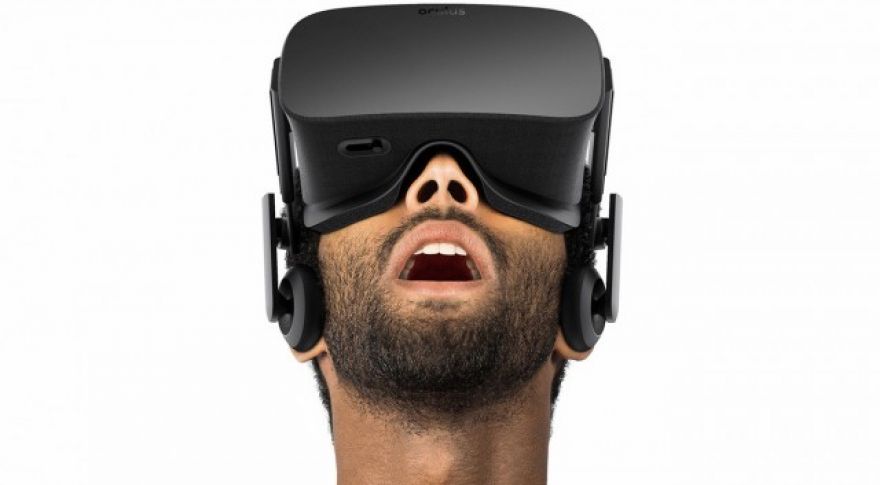
New Oculus DRM gave VR piracy a big boost
The first consumer VR headsets are just starting to ship, but is an important call for early adopters. Both the HTC Vive and Oculus Rift cost $600 and there’s already some exclusive software. Oculus recently added a “platform integrity check” to make sure its exclusive games could only be played on Oculus hardware, but it may have inadvertently made piracy infinitely easier.
Oculus released its new VR on Friday, and it was cracked wide open just a day later. This is thanks to a popular user-created software package called Revive. Its goal is to make games from the Oculus store function on the HTC Vive.
According to the developer of Revive, who goes by Libre VR, it wasn’t his intention to make piracy easier. The only way he could find to allow people to continue using their Oculus games on the Vive was to disable the ownership check. If he could find a way to keep games working without breaking DRM, he would implement it. Ideally, Libre VR to find a better solution. For the time being, this is the only way. Libre VR does ask politely that players avoid using Revive to pirate games.
Traditional game consoles have long dealt with similar issues involving software that enabled piracy, but for the most part, that’s all such tools were good for. Consoles like the Xbox One and PlayStation 4 have significantly different software requirements. You can’t simply take a PS4 game and use some lightweight software to magically make it run on an Xbox. The way VR works means they have to function in more consistent ways — after all, both headsets are using the power of your computer to render images. That’s why it’s possible to make an Oculus game run on the Vive.
According to Oculus, the update wasn’t aimed specifically at Revive. The addition of DRM was necessary to protect content in the long term, it says. It actually made content less secure, though, didn’t it? The DRM cat and mouse game has started in VR, and it will be interesting to see if Oculus tries to block the Revive workaround. Even if the original developer finds a way to support the Vive without breaking DRM, the software is open source. Others could pick up where he left off and continue to combat VR DRM. Oculus may have shot itself in the foot here.